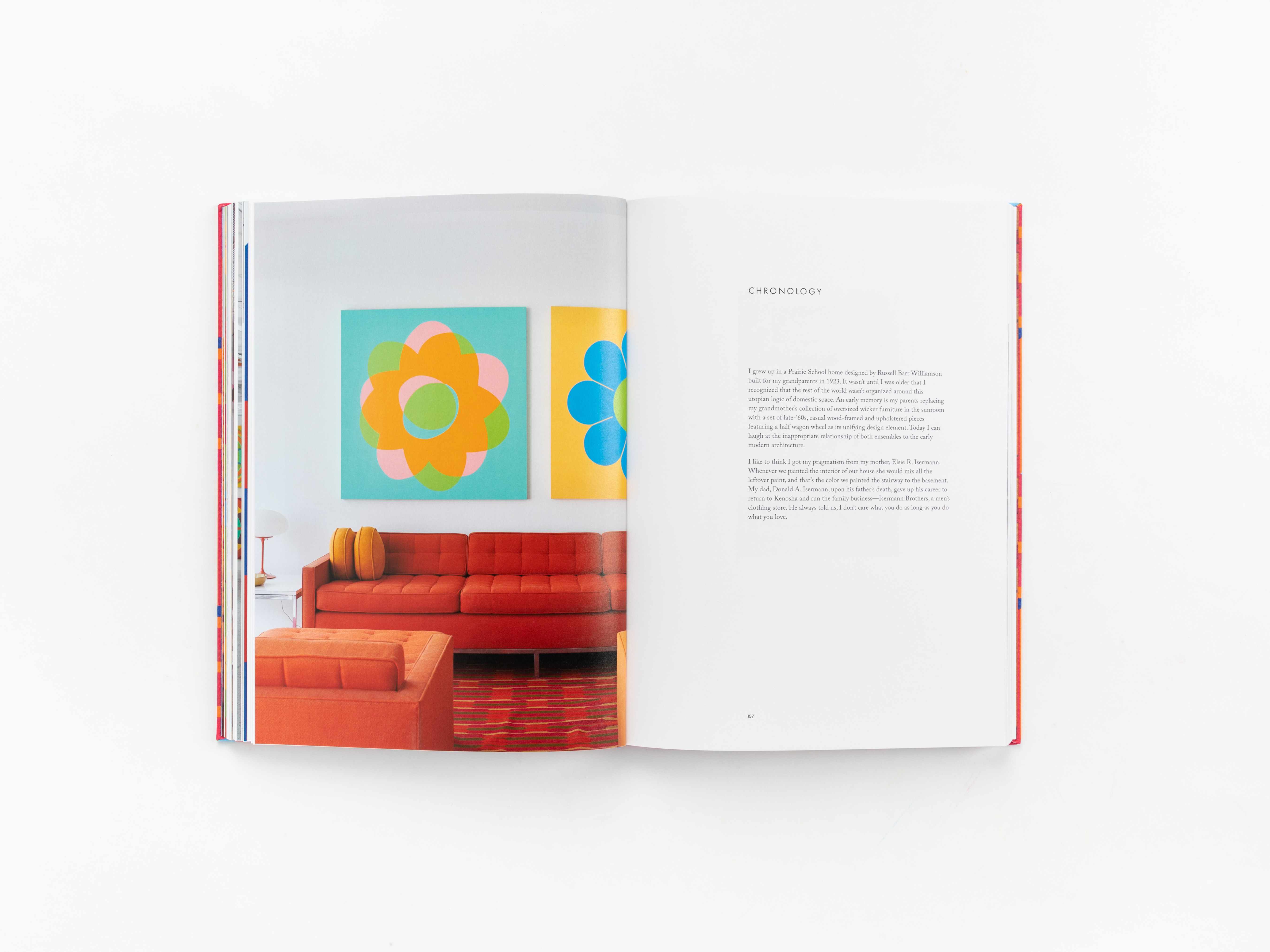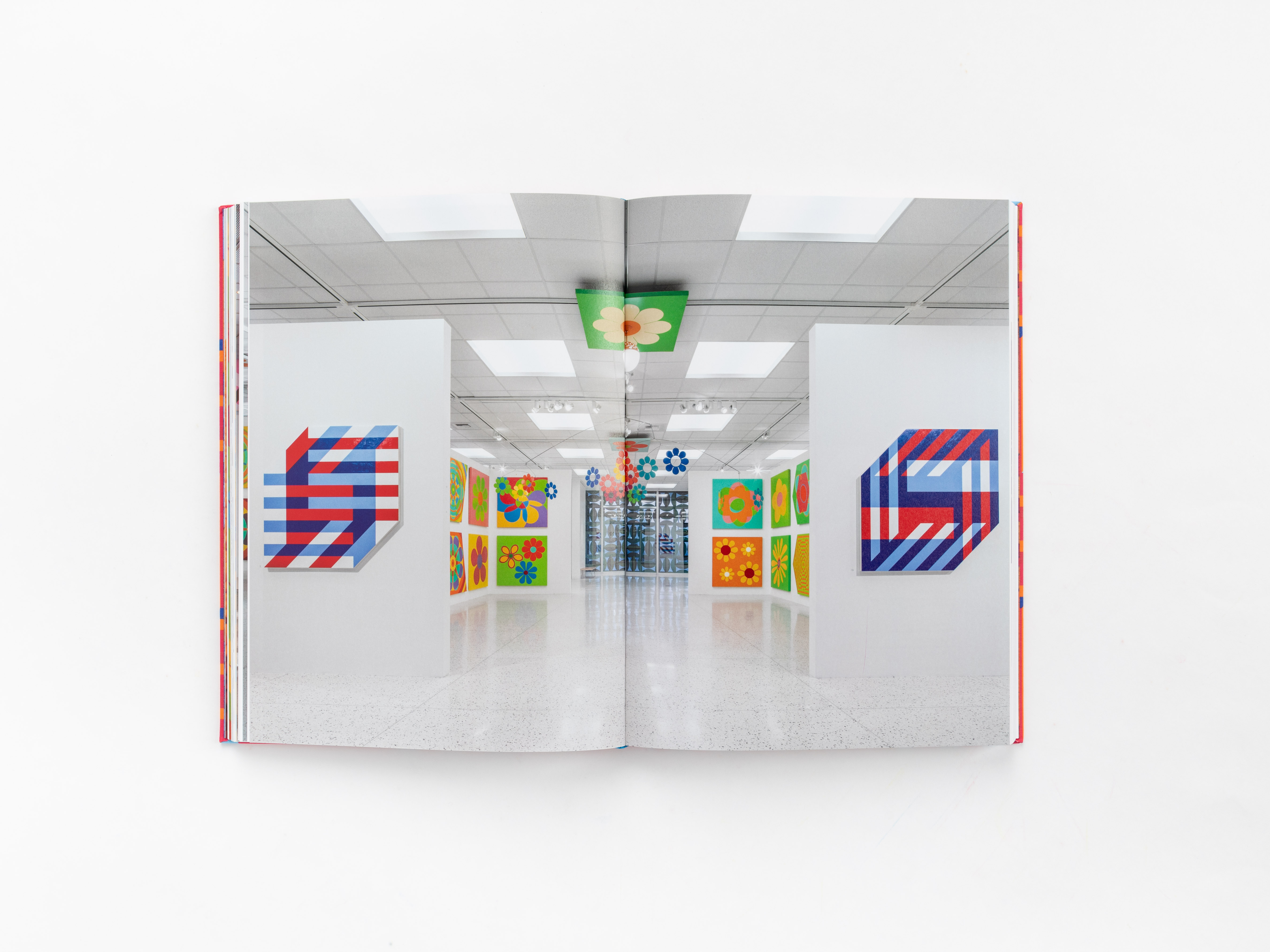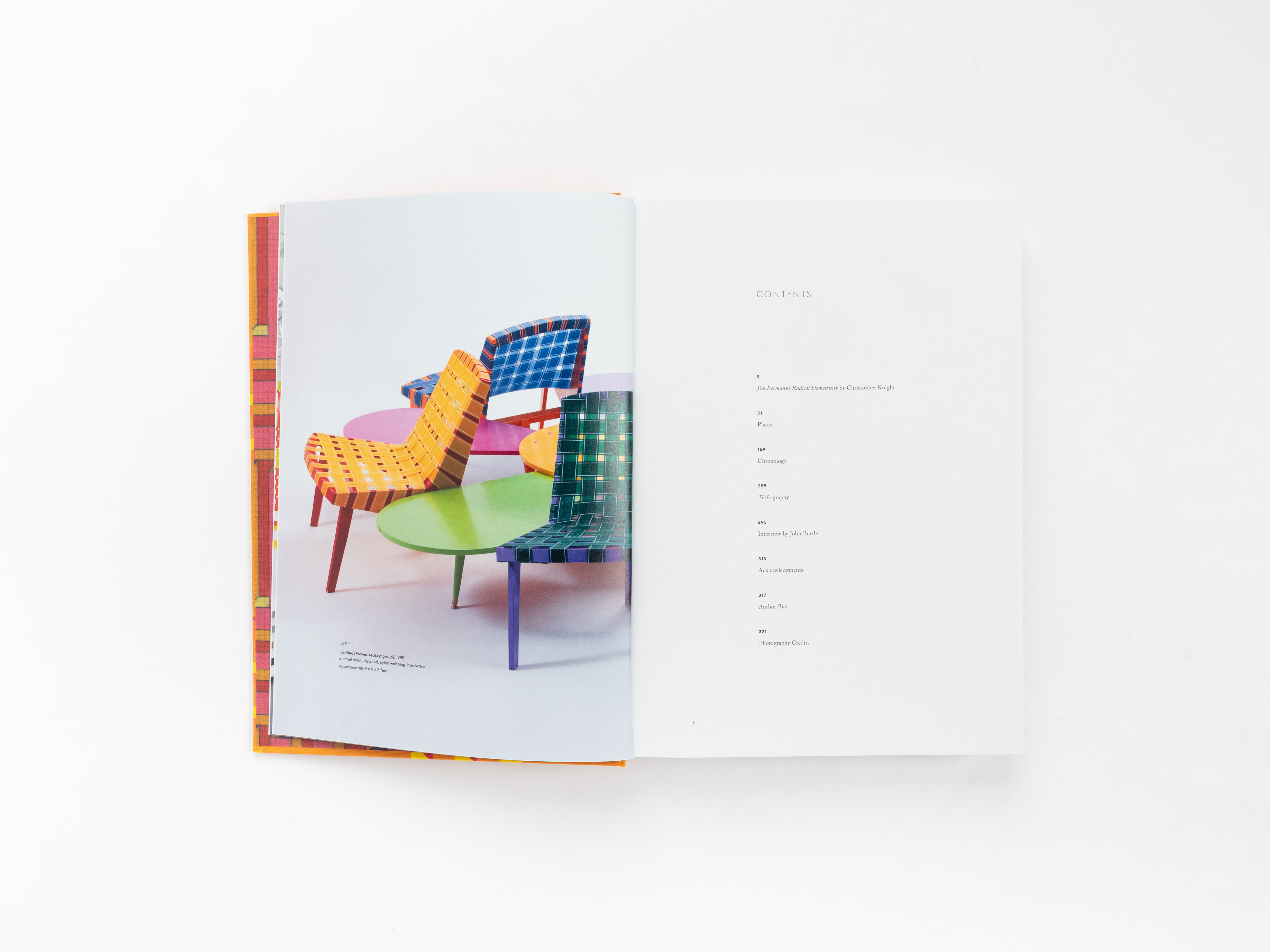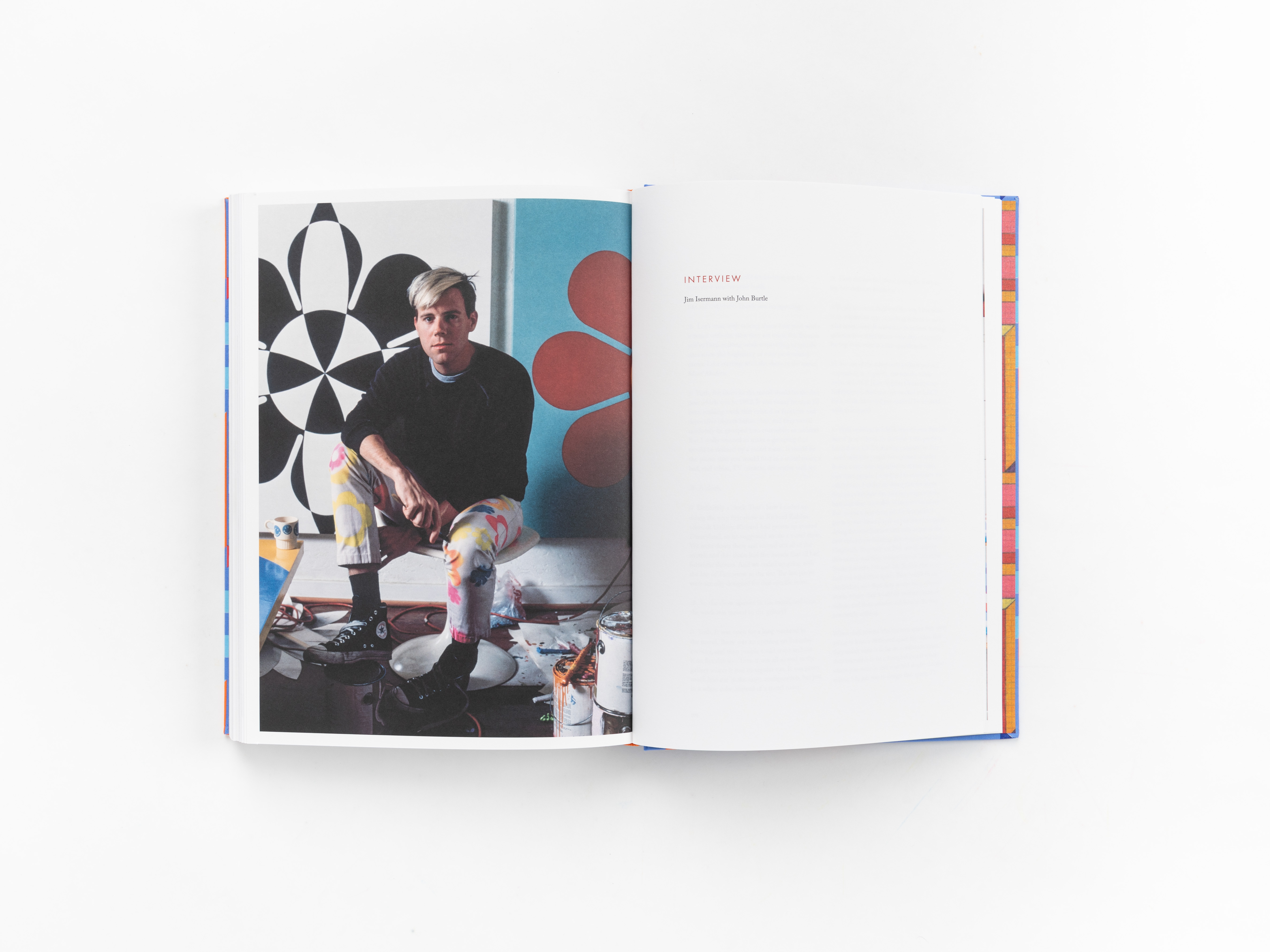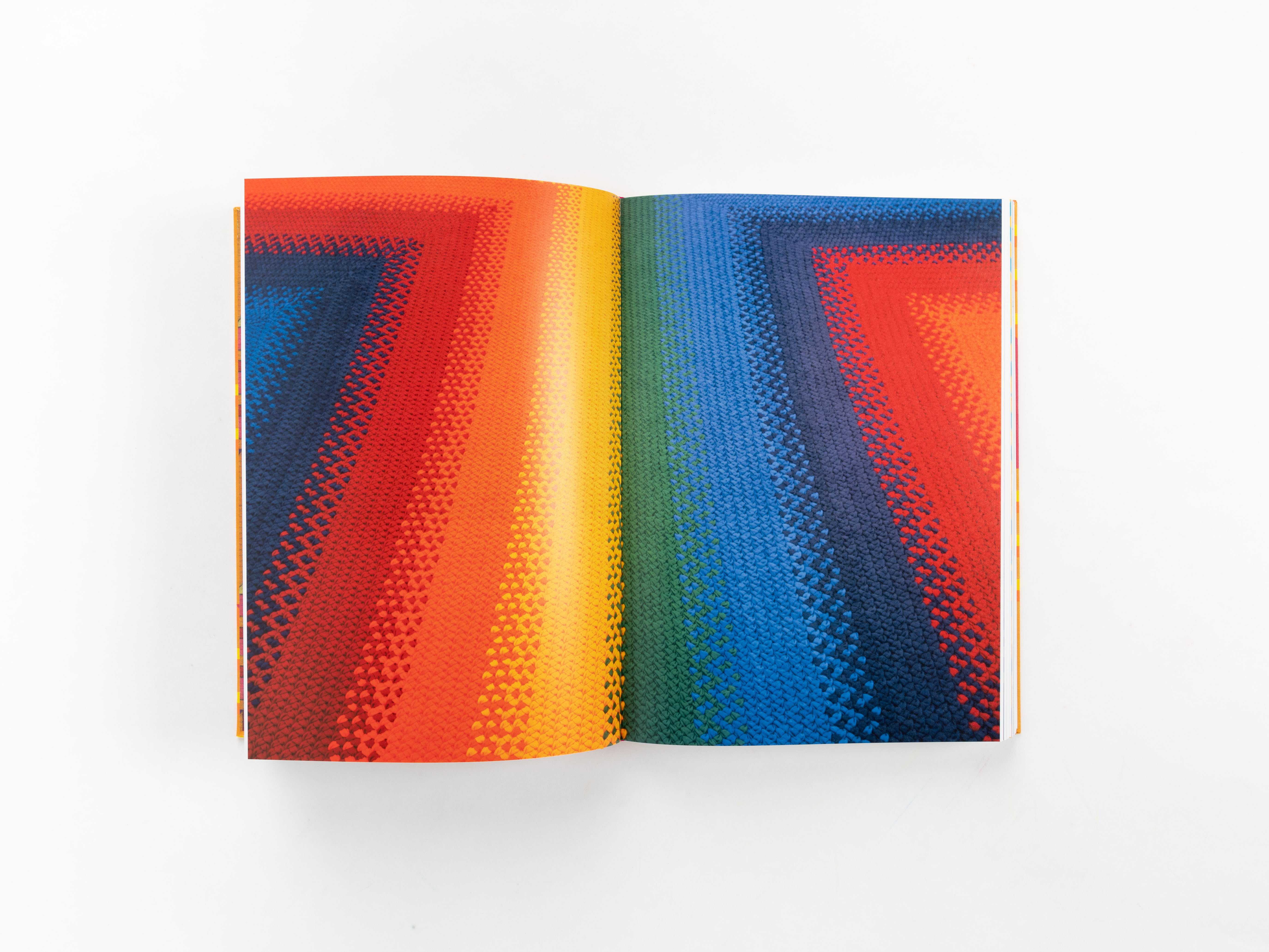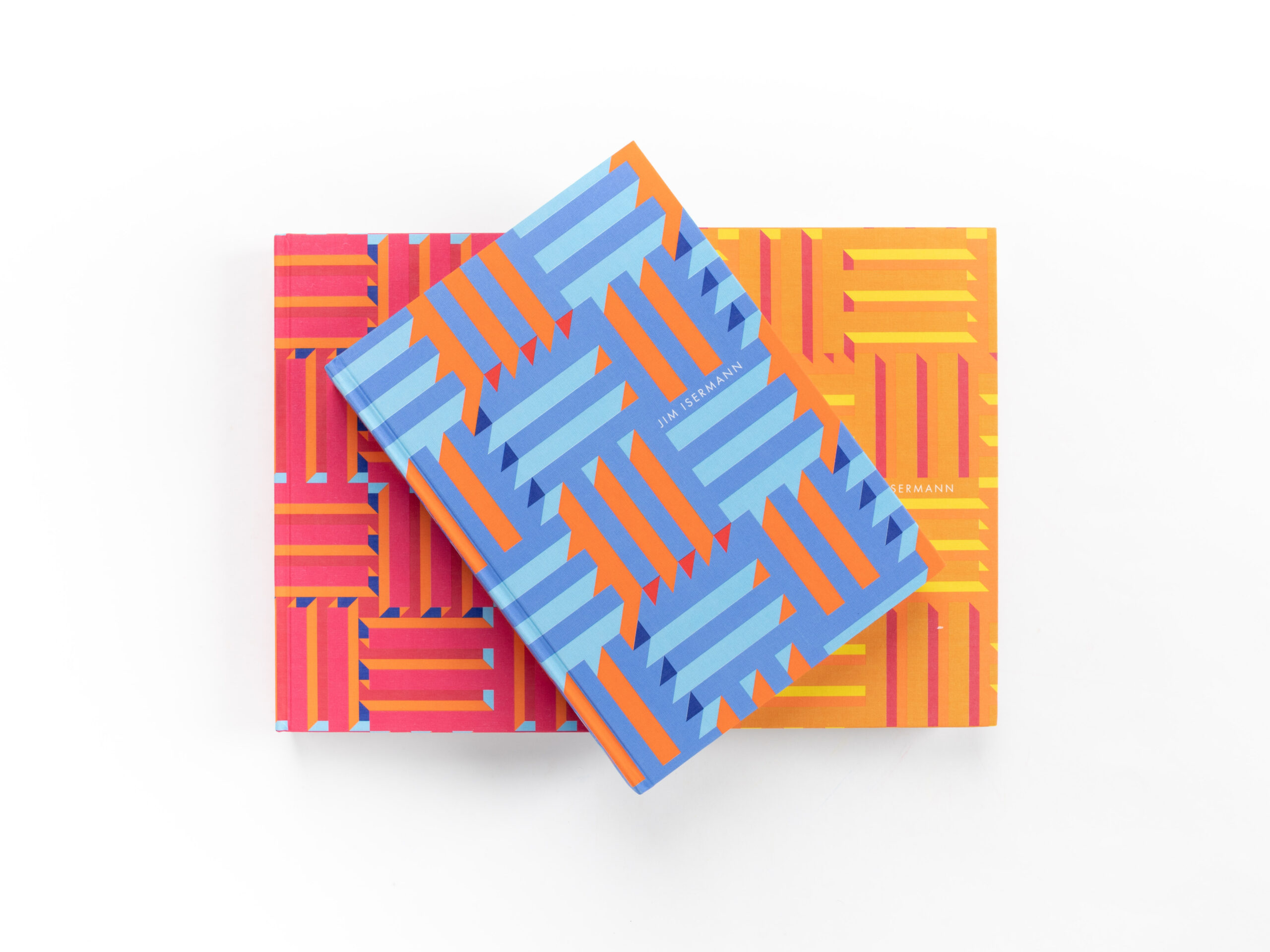
Jim Isermann
Professor Jim Isermann has just released a survey monograph published by Radius Books
ABOUT THE BOOK
“The domestic heart of Isermann’s design-oriented paintings, sculptures, and installations beats in ways not always immediately evident but nonetheless essential to the art’s success. Sometimes it sneaks up when least expected.”
-Christopher Knight
A comprehensive monograph spanning the forty-year career of Palm Springs–based, queer artist Jim Isermann (born 1955), this title shows the artist’s first twenty years of extensive, chronological research of postwar art and design filtered through popular culture and consumerism, followed by twenty years of site-specific public projects and a studio practice of labor-intensive painting, sculpture, and the occasional product design project. In 1980, there were no guidebooks to California design or what we now call Midcentury Modern. Isermann constructed his own timeline, object by object, from thrift stores, flea markets and swap meets, making bodies of work that included latch hook rugs paired with painting, stained glass window panels, and handsewn fabric wall hangings. By 1999, Isermann had his first computer, and so began the second twenty years of his career, with complex digitally designed patterns that found their form in commercially manufactured modules. Isermann continues to be inspired by the unpredictable, serendipitous moments that breathe life into his work.
ABOUT THE ARTIST
Jim Isermann (b. 1955) is an American artist based in Palm Springs, California. Since receiving an MFA from the California Institute of the Arts in 1980, his artistic output has chronicled the conflation of postwar industrial design and fine art through popular culture. From functional installations to discrete objects, Isermann has maintained an unflagging belief in the beauty of utilitarian design. His current work is in formal dis- course with its site-specific architectural setting addressing pragmatic issues of function and materials.
ABOUT THE AUTHOR
Christopher Knight is art critic for the Los Angeles Times. He received the 2020 Pulitzer Prize in Criticism, after being a finalist in 1991, 2001 and 2007. Knight also received the Lifetime Achievement Award in Art Journalism from the Rabkin Foundation in 2020, and the 1997 Frank Jewett Mather Award for Distinction in Art Criticism from the College Art Association, the first journalist to win the award in more than 25 years. Knight has appeared on CBS’ “60 Minutes,” PBS’ “NewsHour,” NPR’s “Morning Edition” and “All Things Considered” and CNN and was featured in the 2009 documentary movie, “The Art of the Steal.”



